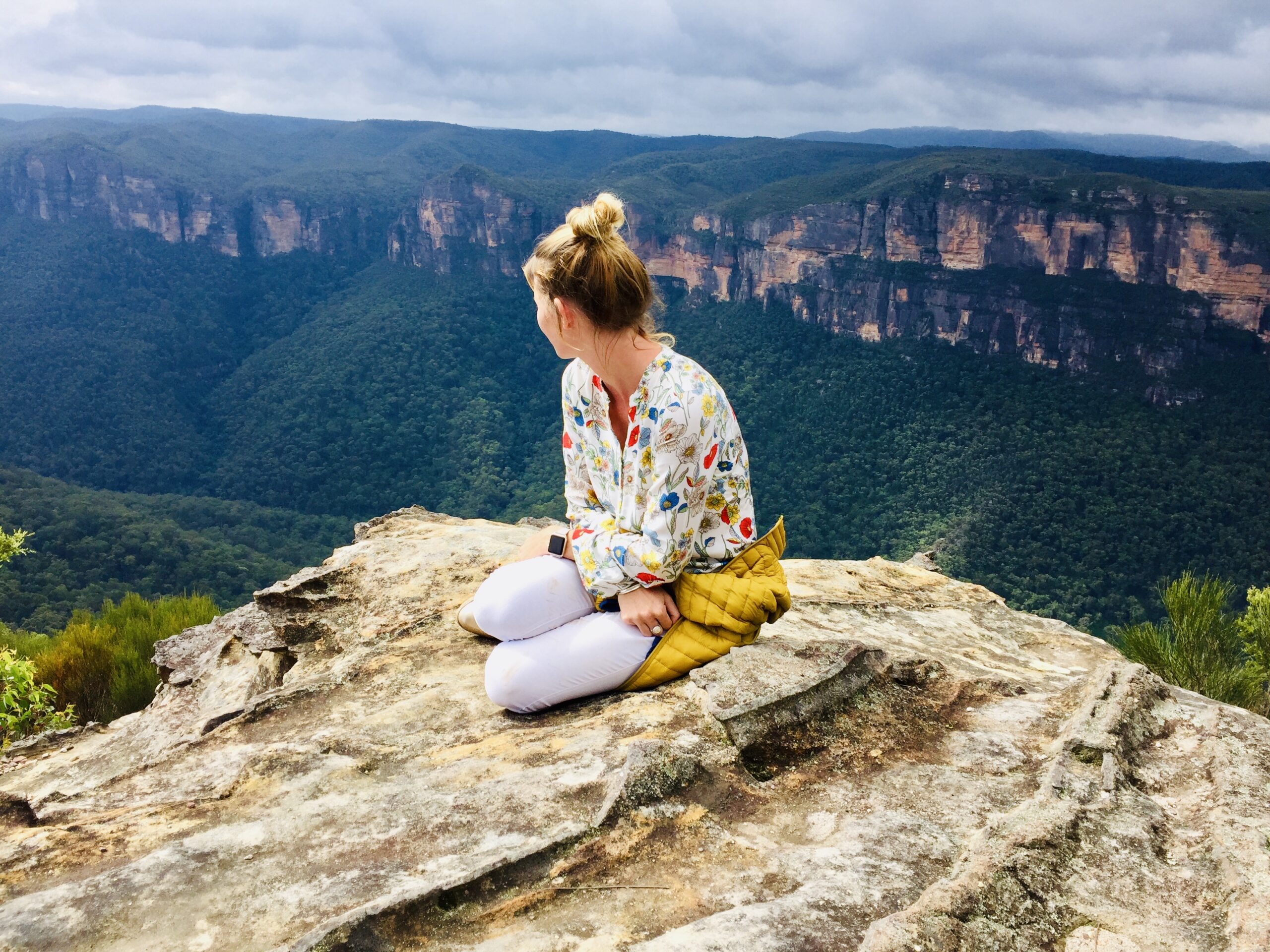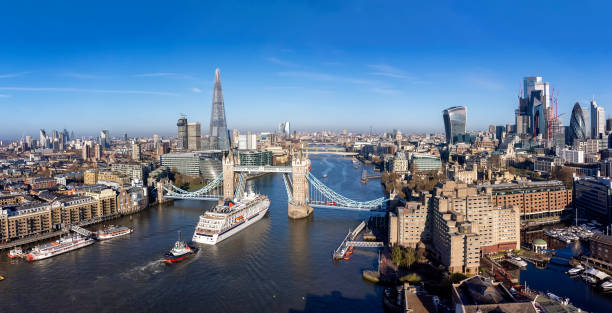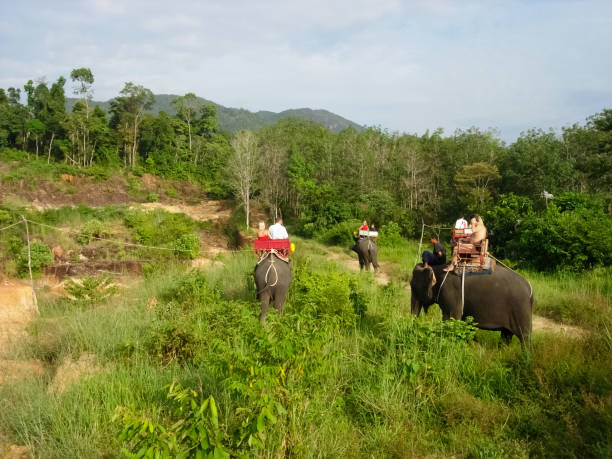THE THINGS YOU NEED TO KNOW BEFORE YOU HIKE MOUNT WHITNEY
Mount Whitney, the tallest mountain in the US contiguous states, stands at 14,505 feet (4421 meters) high. The 22.5-mile out-and-back trail to Mount Whitney involves a 6,656-foot elevation climb. Hiking Mount Whitney is a must-do for any hiker. After climbing Mount Whitney in 2019 as a day hike, I have compiled 12 essential tips for hikers planning their Mount Whitney adventures.
Tips for Climbing Mount Whitney
We are thrilled to welcome Jenna from UpAndAwayMagazine to share her knowledge and tips for hiking Mount Whitney.
Mount Whitney can be climbed as a day hike or overnight adventure.
Hikers can climb Mount Whitney in one day or as part of a multi-day backpacking trip. Each has its advantages and disadvantages.
Day hikes require an early start, with hikers choosing to leave around midnight. Much of the trail can be walked under the light of headlamps or the full moon. Day hikers often miss out on beautiful scenery because they cannot see it. Day hikes require a faster pace and a faster ascent to high altitudes. This means that hikers are more likely to be forced to return to base because of altitude sickness or simply running out of time. Still, it’s hard to beat the rush of completing trailhead-to-summit-to-trailhead in a day, and there’s something magical about hiking in total darkness with nothing but headlamps lights floating in the distance.
Another option is to climb slowly and take in the breathtaking views for longer. This reduces altitude sickness. Multi-day climbs have the obvious drawback of requiring you to bring a heavy backpack with enough food and camping gear. The Mount Whitney Trail has no toilets, so you need to “take care of business” to eliminate the waste.
There is a Hiking Season and a Mountaineering Season
The Mount Whitney Trail requires no technical mountaineering skills during the late Summer or early Fall seasons. Some sections of the trail can be covered with snow and ice between October and July, depending on how much snowpack is available in any given year. It is essential to have an ice axe, crampons, or micro-spikes in case of snow or ice. Also, you should know how to use them. Hikers must also have experience in route finding and be aware of the dangers associated with snow bridges.
Mount Whitney Permits are Highly Competitive during Quota Season
A Wilderness Permit must be obtained year-round for all-day hiking or backpacking in the Mount Whitney Zone. The Winter and Spring seasons (which fall between November 2 and April 30 _ each year) have no quota, and climbers can collect their permits at the visitor center upon arrival in Lone Pine. Be aware that the Eastern Sierra winters do not appeal to those without enough winter backcountry experience.
Alternatively, permits can be obtained via an annual lottery between May 1 1st and November 1 1st. Tickets granted during quota seasons are highly competitive. Only 34% of group leaders received the date they chose in 2019, which gives you an idea. Please visit the Whitney Lottery & Permit Reservations Website to get more information about obtaining a permit.
You have a better chance of success if you can adapt beforehand.
Acclimate, acclimate, acclimate. Altitude sickness is something you should avoid if you have ever experienced it. Proper acclimatization will reduce your chances of getting altitude sickness. This means you must spend time at a high altitude before attempting to summit.
The Eastern Sierras are a great place to acclimatize. Whitney Portal (the campground at Mount Whitney trailhead) is located at 8,400ft. It’s also possible to hike to Lone Pine Lake at 10,000ft without a permit. You can either camp at Cottonwood Lakes at 10,000 feet or lodge your tent in Mammoth Lakes and do day hikes up to higher elevations. A few nights of advanced acclimatization can pay off tenfold when you reach the summit.
Be aware of the signs and symptoms of altitude sickness.
Rapid exposure to low oxygen levels at high altitudes can cause acute mountain sickness (AMS). The symptoms are similar to a hangover and include headaches, nausea, dizziness, and loss of appetite.
Altitude sickness can make your hike cut short. The only way to get rid of it is to descend. Keeping your body hydrated is okay if the symptoms are not severe. However, if they persist or worsen, you should seek medical attention immediately. If ignored, acute mountain sickness (AMS) can lead to high-altitude cerebral edema or high-altitude pulmonary edema. Both of these can be fatal. If your body tells you to, know your limits and descend.




Post Comment